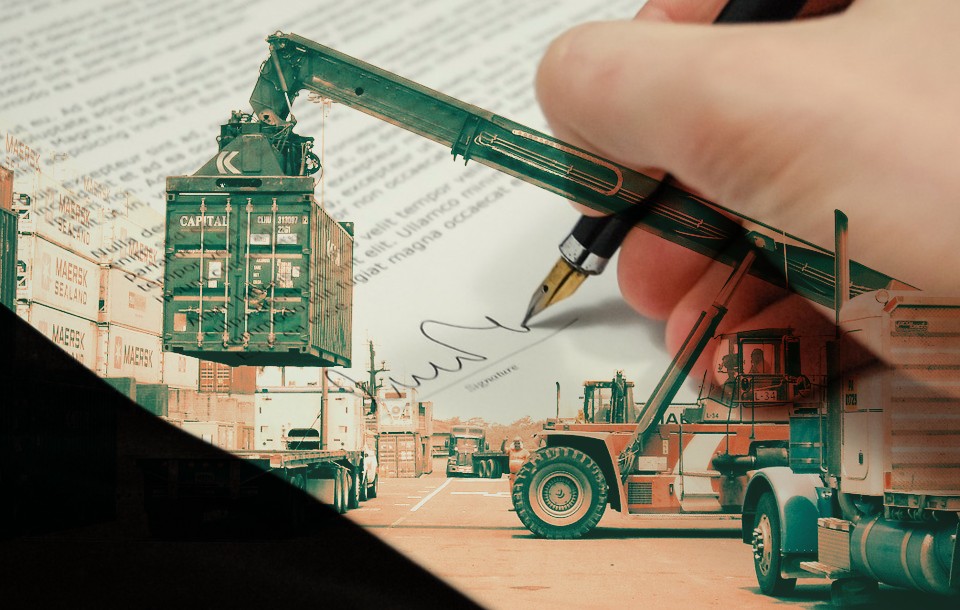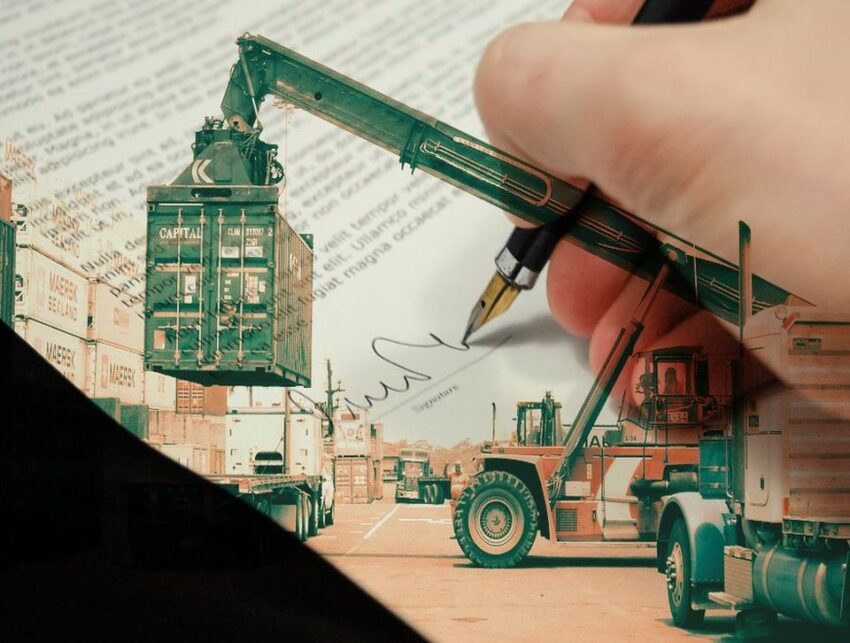
Transportation and logistics industry is a paper-heavy sector that entails a paper trail for all its operations, from management to inventory tracking to international shipping and warehousing. For decades, documentation of international trade has been reliant on physical documents that need to be submitted and exchanged by post or courier services. Therefore, lost or damaged documents are a frequent matter of serious concern for shipping companies and documents with the slightest errors could even result in cancelled shipments.
In today’s post, we are going to talk about the digitization of trade documents and how it is impacting the logistics industry.
Digitization of trade documents in the transportation and logistics sector
The Bill of Lading
The B/L is the most crucial document in this sector that serves as a document of title, as the contract of carriage between the exporter/forwarder/shipper and the carrier, and as a receipt of cargo attesting to the fact that the shipment has been loaded on the vessel. Whichever party possesses the original copy of the B/L is legally obliged to deliver it to its destination. Nevertheless, the Bill of Lading is a paper document that carriers and forwarders exchange via couriers.
Additionally, it requires manual checking which makes this document subject to human errors. More importantly, a physical B/L is also prone to get forged, misplaced, or stolen. This could greatly complicate the on-time delivery of cargo resulting in substantial losses for all the stakeholders of the shipment. The use of express courier service for exchanging B/L is also expensive both in terms of time and money. All these drawbacks bring down the efficiency of the shipping process and increase operational expenses.
-
The rise of Electronic Bill of Lading
In order to eliminate the several drawbacks of paper B/L, the transportation and logistics industry is seeking solutions that can enhance document processing while driving time and cost efficiency. Since as early as the 90s the shipping industry has been making several attempts to come up with a solution for paperless shipping operations.
The advent of new technologies such as blockchain has provided a new impetus to the E B/L offering new innovative solutions. The E B/L will eventually replace the paper document of B/L along with courier services with a digital document that can be transferred via a cloud-based system. The electronic bill of lading doesn’t simply imply a digital version of a paper bill of lading. It is like an e-document that is created, approved, and exchanged digitally via blockchain or cloud computing.
-
Challenges of the Electronic Bill of Lading
The interoperability between the E B/L service providers and their systems is one major challenge to the process of transition. The E B/L service provider is the company that is responsible for maintaining the system and ensuring the smooth exchange of documents of title between the registered users and the portal. A legal transfer of documents takes place when the paperwork is transferred online and the process of transfer is recorded with a blockchain-powered digital ledger. However, before implementing the E B/L, the transportation and logistics industry needs to adapt to a digital mindset and get the required training to use it.
As already mentioned above the E B/L acts as a receipt of the shipment, a document title of the shipment, and a contract of carriage. Therefore, each country needs to amend, approve and adopt the new regulations that enable the Electronic Bill of Lading.
The current state of electronic documentation in logistics
The situation of e-documentation is not as bleak as it used to be a few years back. This is mainly because of the enhancements in technology and the willingness of this industry to implement digital changes. Moreover, global trading organizations such as the World Trade Organization, International Chamber of Commerce, UNCITRAL, Digital Container Shipping Association, etc. are trying to develop the basic legal framework that will pave the path for an easy transition to electronic trade documents and their transfer. In fact a number of countries have made electronic documents equivalent to paper documents. Simply put, the transportation and logistics sector is putting in a concerted effort for an international step forward in the path of digitization.
Organizations in this sector like the FIATA are performing live tests of the compatibility of the E B/L platforms with the major banks. CargoX – a blockchain enabled platform for easy document sharing and e-transactions is coming up as one of the most notable E B/L service providers that closely collaborates with the above mentioned organizations. In addition, DCSA, BIMCO, SWIFT and ICC have signed MOUs to create the FIT Alliance aka the Future International Trade Alliance that aims to homogenize the digitization of global trade.


